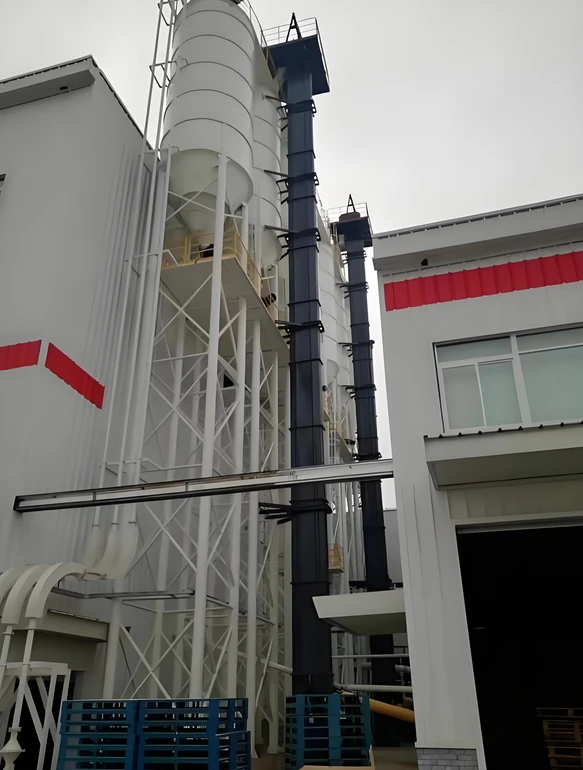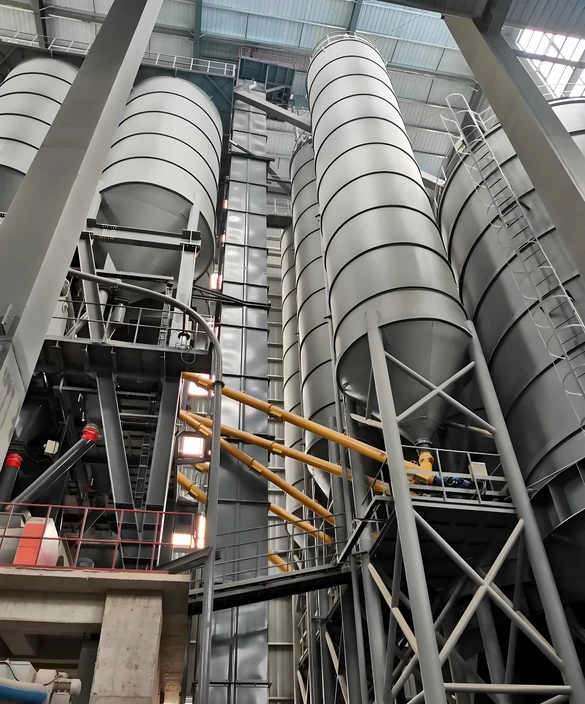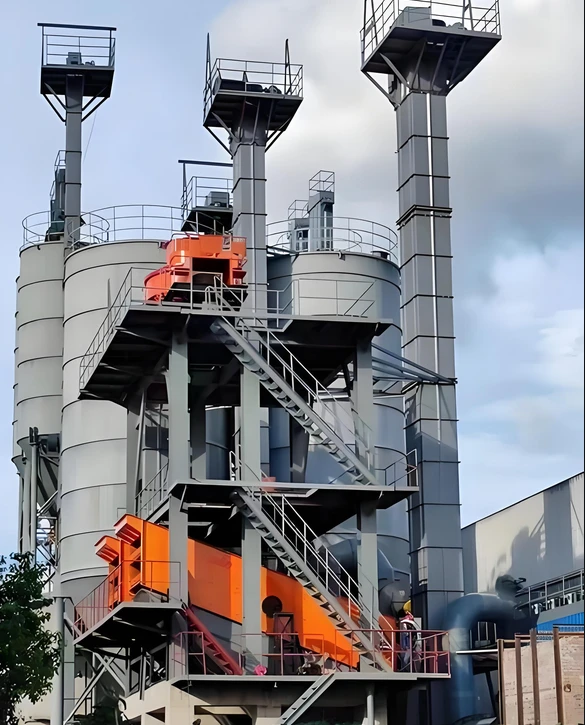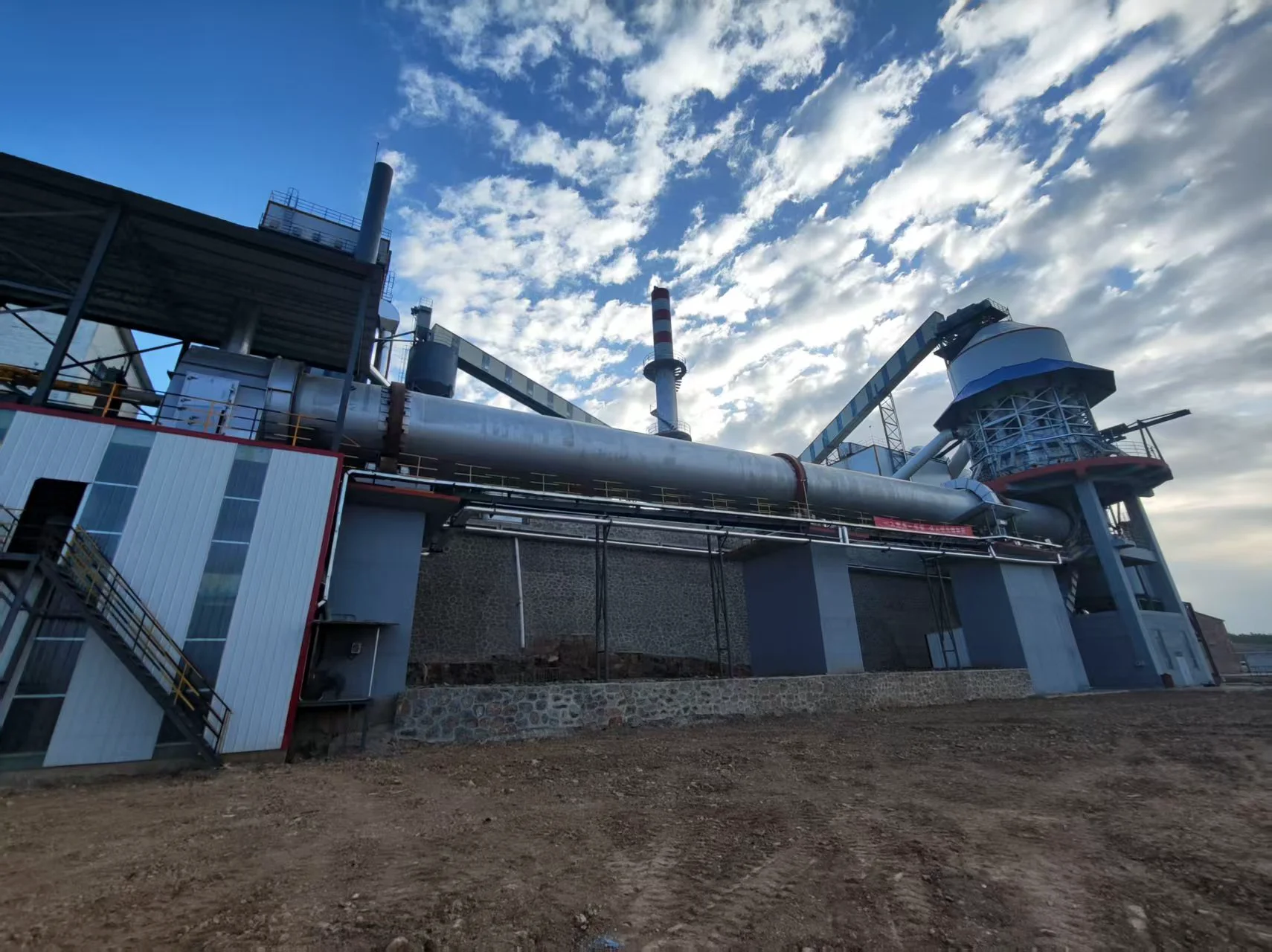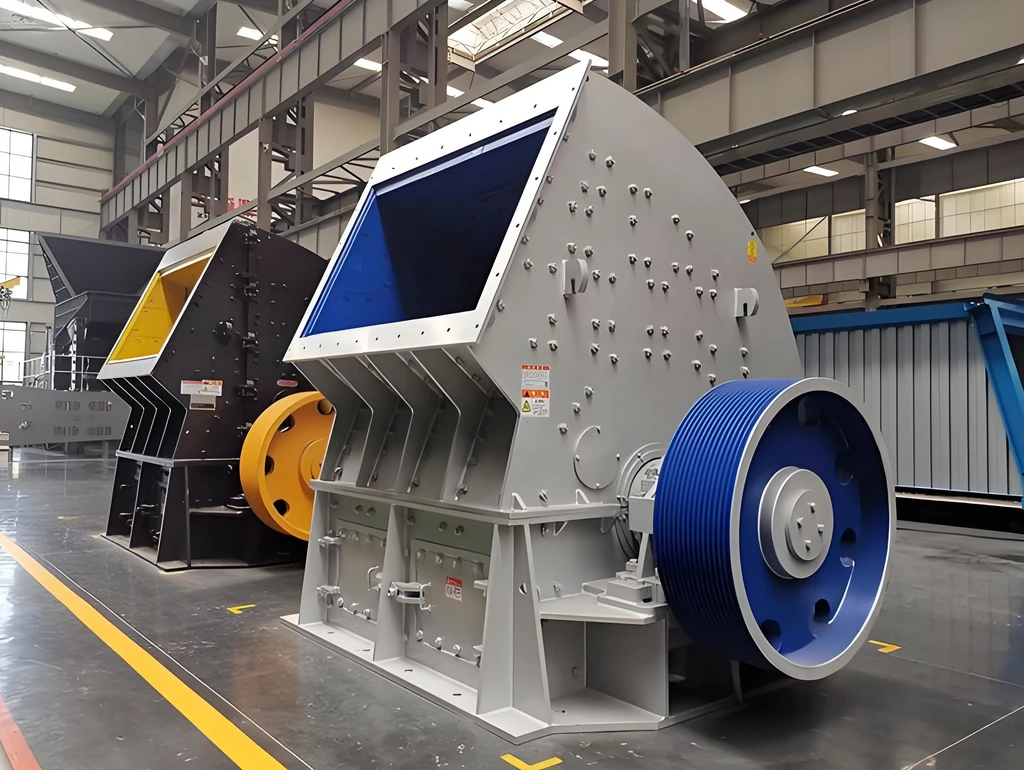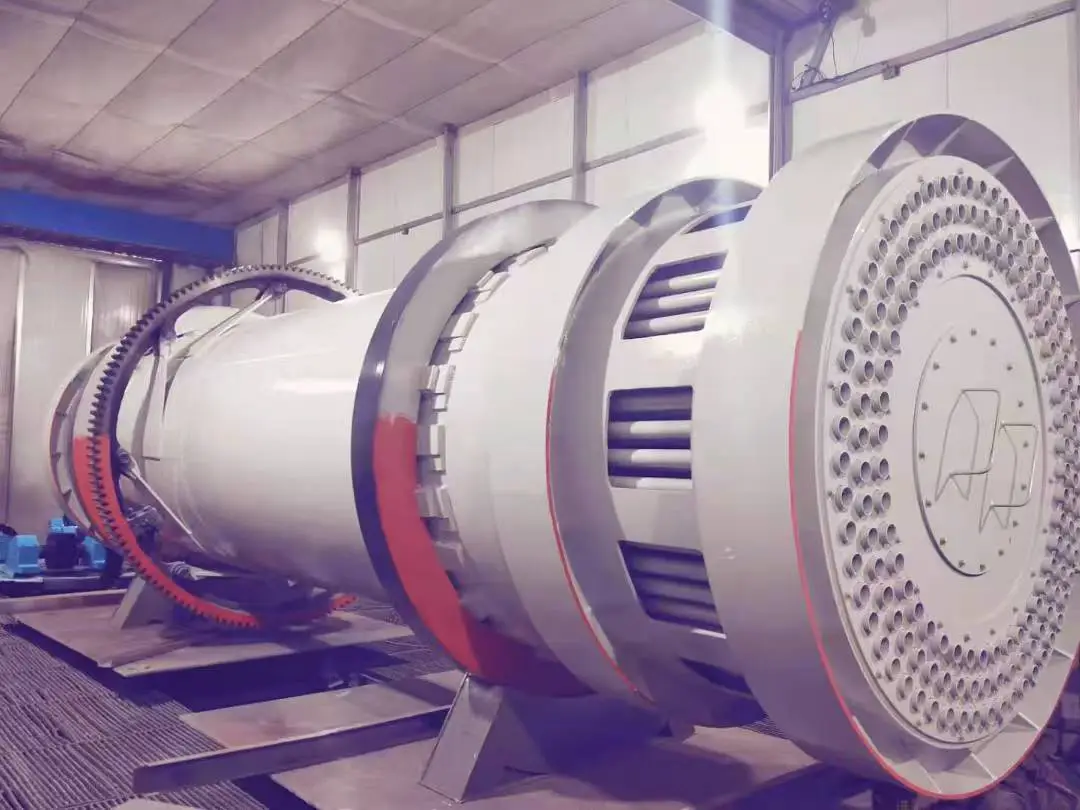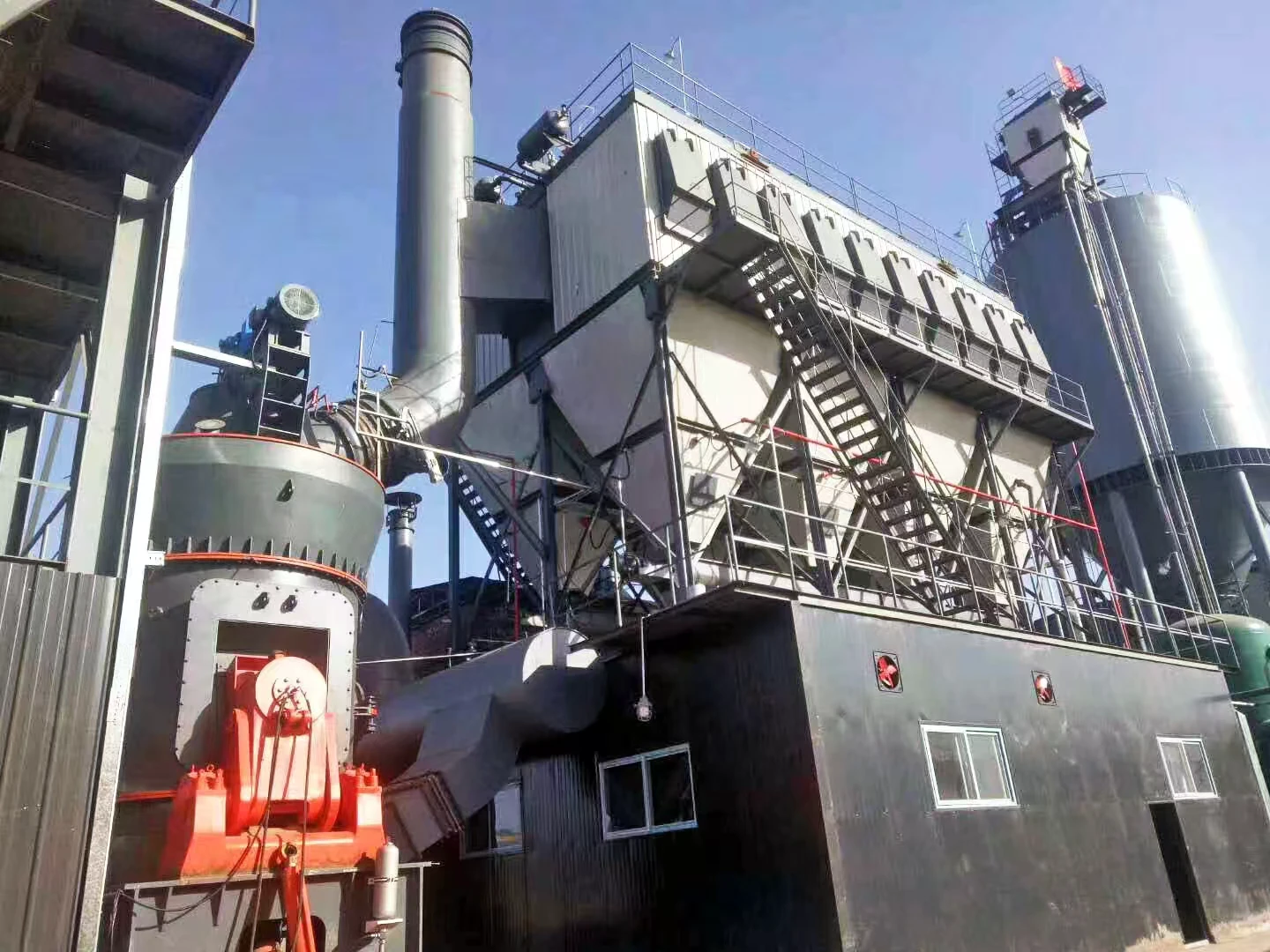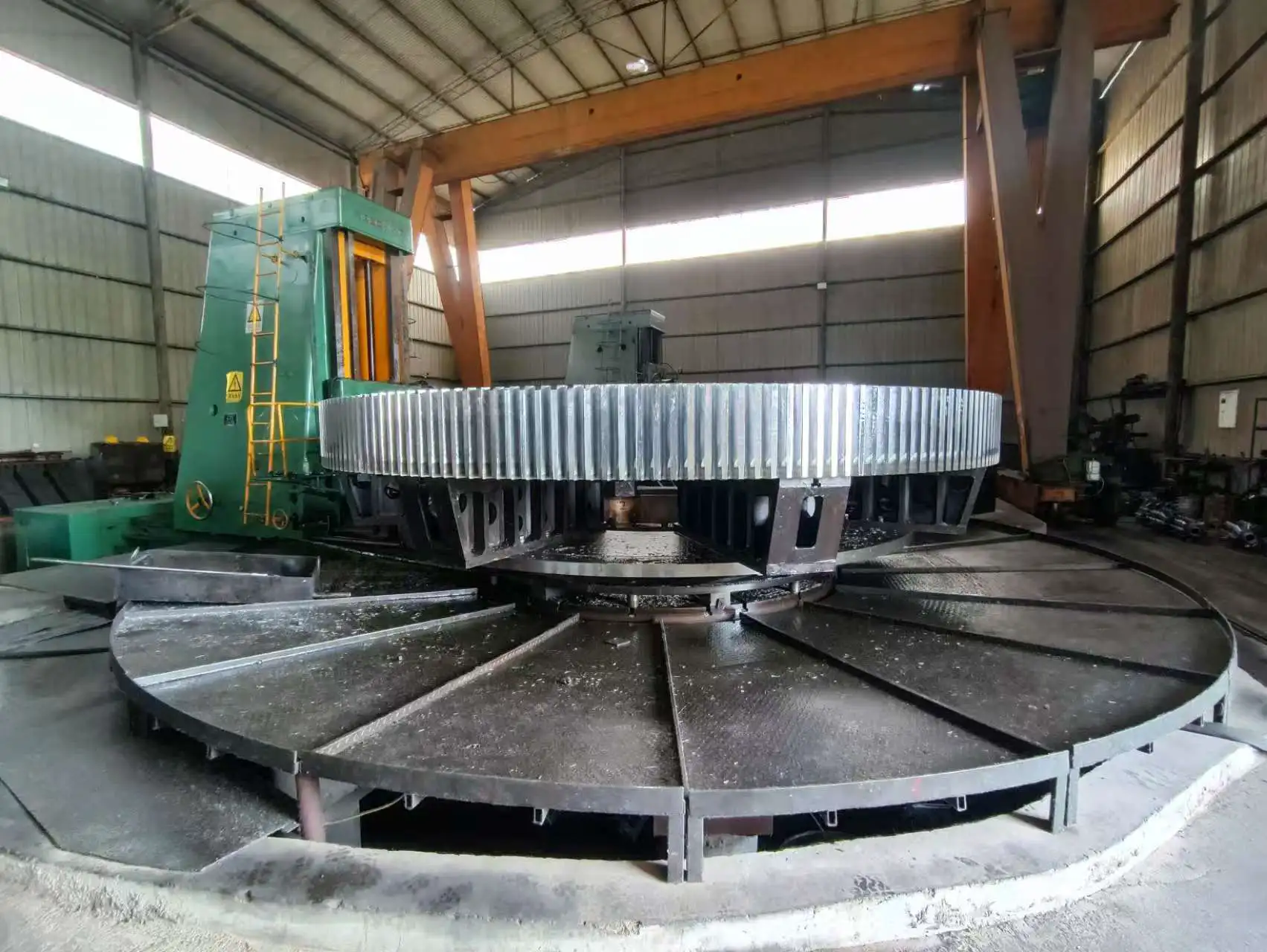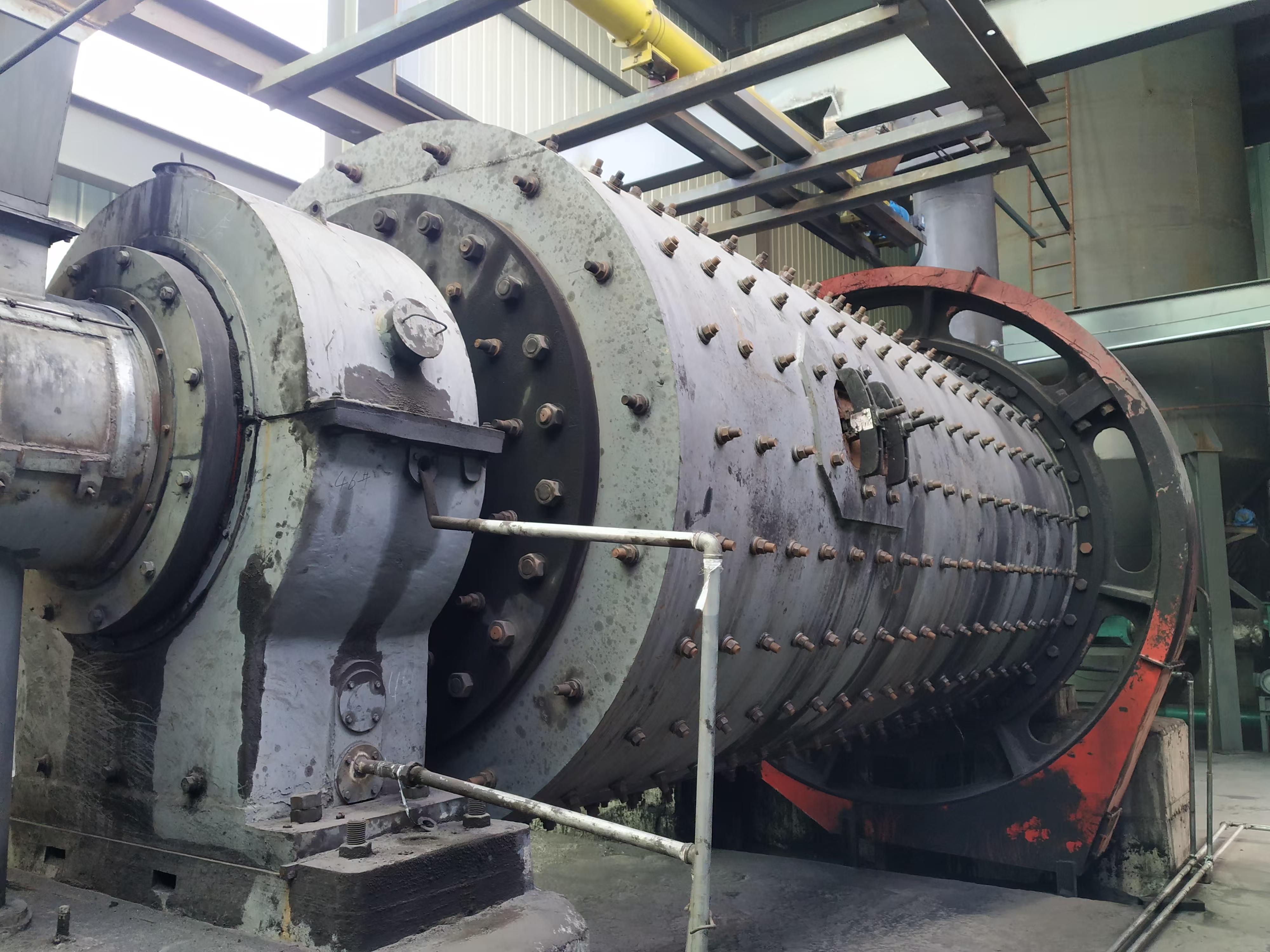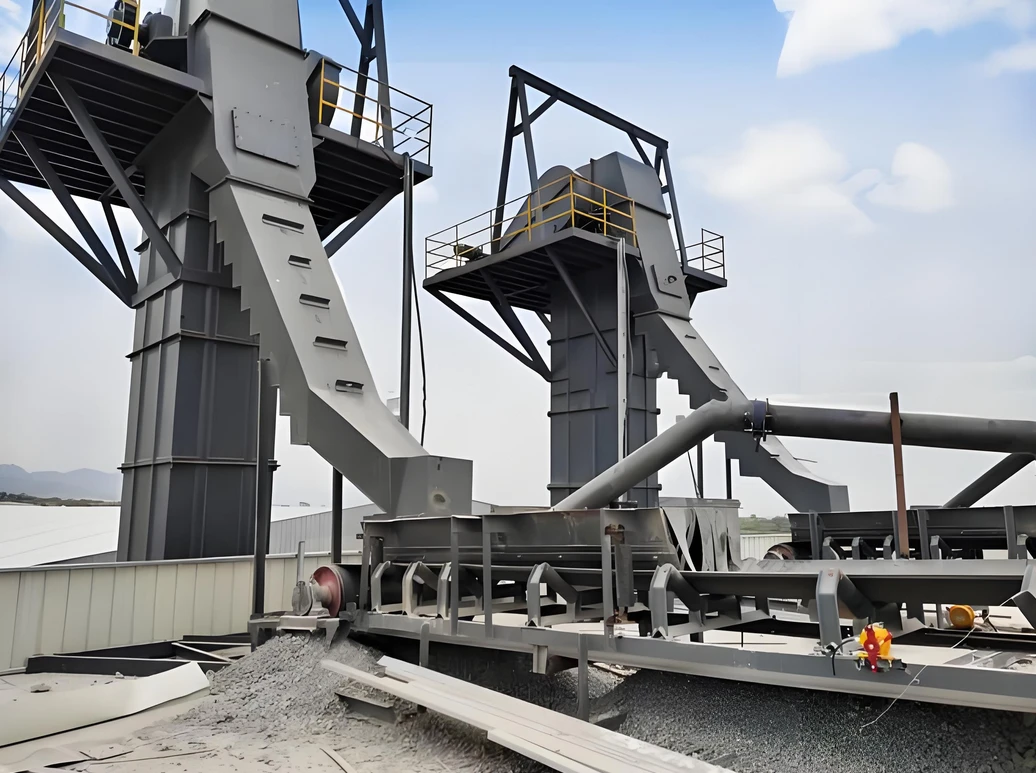Main components
Hopper: a container for carrying materials, usually made of wear-resistant metal.
Chain: a traction member that fixes the hopper and transmits power, usually a high-strength alloy chain.
Drive device: includes a motor, a reducer and a drive sprocket, providing power to move the chain.
Head and tail: the head is the driving end and the tail is the tensioning end.
Shell: a closed structure to prevent material leakage and dust flying.
Tensioning device: maintain the proper tension of the chain to prevent slipping or relaxation.
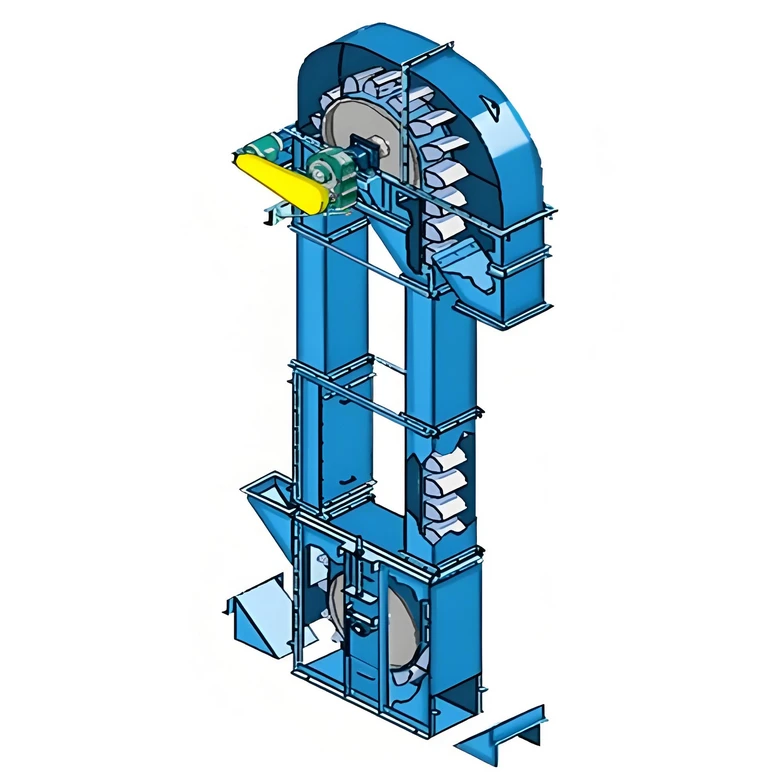
Working principle
The TH elevator drives the chain to circulate through the drive sprocket. The hopper loads the material at the bottom, lifts the material to the top with the movement of the chain, and then discharges the material at the top by gravity. The empty hopper returns to the bottom to complete a cycle.
Advantages
Efficient and durable: using high-strength chains and wear-resistant hoppers, suitable for conveying high-temperature and high-wear materials.
Large conveying capacity: suitable for large-capacity and long-distance vertical conveying.
Strong structure: suitable for conveying heavy or bulk materials.
Good airtightness: The shell is closed to prevent material leakage and dust pollution.
Disadvantages
High maintenance requirements: The chain and hopper are easy to wear and need regular maintenance.
High energy consumption: Compared with belt elevators, it consumes more energy.
Noise: It may generate loud noise during operation.
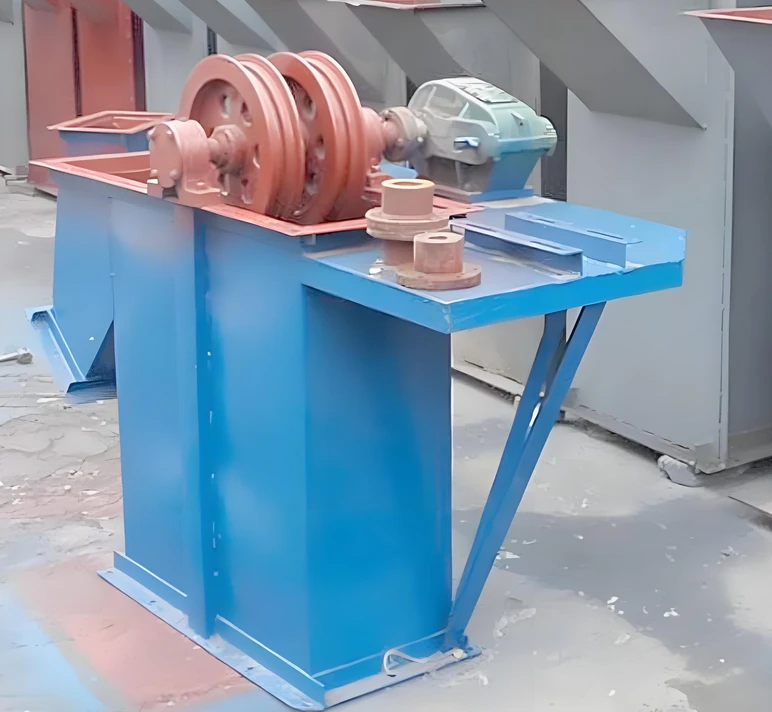
Application scenarios
Building materials industry: conveying cement, lime, sand and gravel, etc.
Chemical industry: conveying fertilizers, plastic particles, etc.
Metallurgical industry: conveying ore, slag, etc.
Power industry: conveying coal powder, ash, etc.
Common types
Gravity unloading: using the material's own gravity to unload, suitable for conveying materials with poor fluidity.
Mixed unloading: combining centrifugal and gravity unloading, suitable for conveying a variety of materials.
Common problems and solutions
Hopper wear: Check the hopper status regularly and replace the severely worn hopper.
Chain break: Check the wear of the chain and replace it in time.
Material blockage: adjust the feed amount and clean the blocked parts.
Excessive noise: Check chain tension and lubricate chain and sprockets.
Maintenance
Regularly check hopper and chain for wear.
Lubricate chain and drive.
Clear material buildup in housing.
Check tensioner to ensure proper chain tension.








